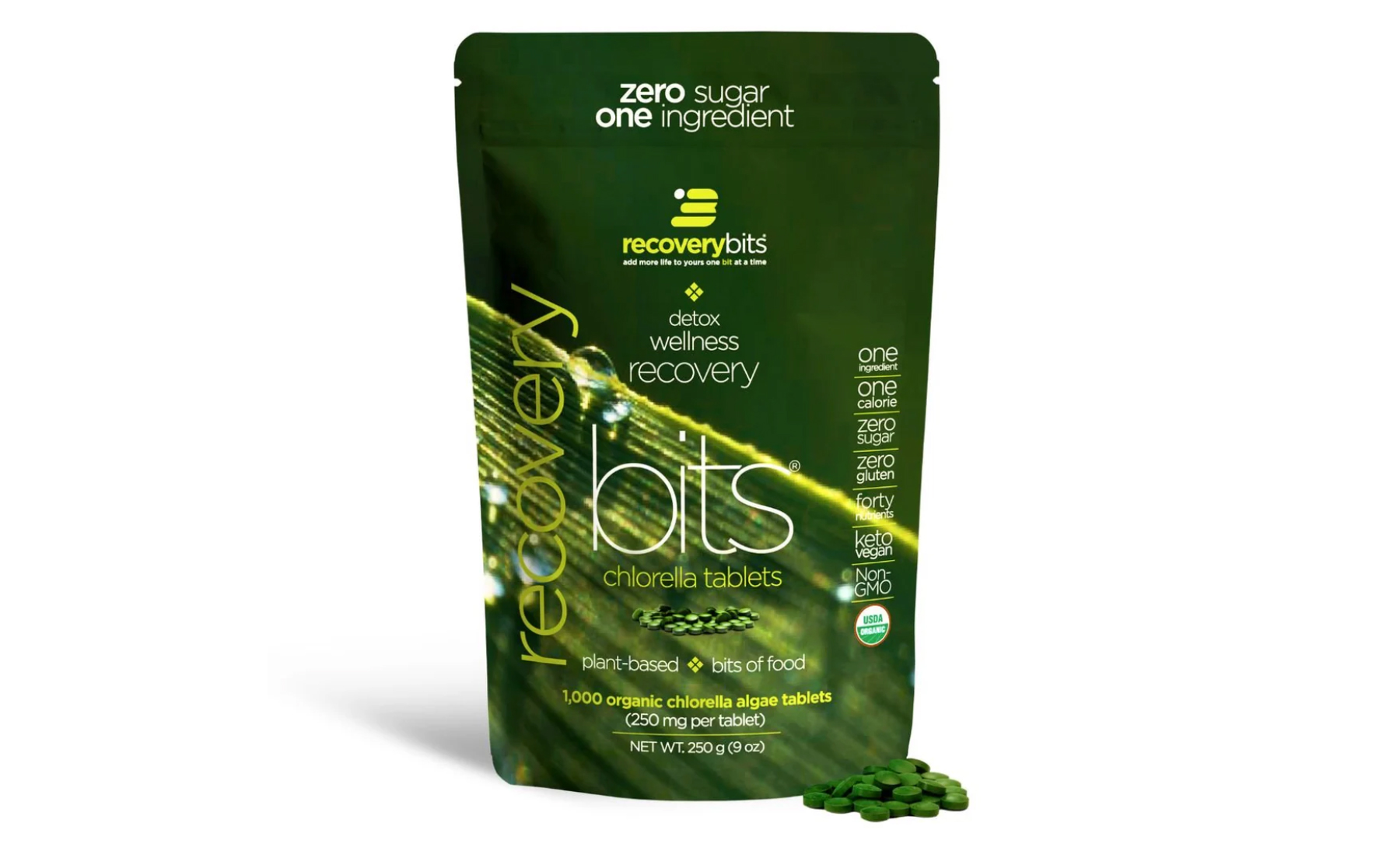Premenstrual Syndrome (PMS) can also affect teenage girls, although it might manifest slightly differently than in more mature women due to hormonal fluctuations and the still-developing bodies of teenagers.
Did you know that teens and perimenopausal women (the 10 years around menopause) can experience similar symptoms from hormone imbalances?
Some information specific to PMS in teens:
Symptoms in Teens: Teens may experience similar symptoms to those of adult women during PMS, but the severity and impact can vary. Common symptoms include mood swings, irritability, fatigue, bloating, breast tenderness, food cravings, and headaches. However, it’s not uncommon for teenagers to have more emotional symptoms compared to physical ones.
Impact on Teens: PMS can be particularly challenging for teenagers who are already dealing with various physical, emotional, and social changes. The hormonal shifts during adolescence can exacerbate mood swings and emotional sensitivities. As a result, some teens may find it difficult to manage these symptoms, impacting their schoolwork, relationships, and overall well-being.
Coping Strategies for Teens:
- Healthy Lifestyle: Encourage healthy habits, such as regular exercise, balanced nutrition, and sufficient sleep. These factors can help alleviate PMS symptoms.
- Stress Management: Teach stress-relief techniques, such as box breathing, meditation, yoga, or journaling. Reducing stress can positively impact mood swings and irritability.
- Balanced Diet: Encourage a balanced diet rich in whole grains, fruits, vegetables, and lean proteins. Limiting caffeine, sugary foods, and processed foods might help manage symptoms.
- Hydration: Drinking enough water can help reduce bloating and water retention.
- Open Communication: Provide a supportive environment for teens to express their feelings and concerns. Let them know that PMS symptoms are normal and that they’re not alone.
- Tracking: Encourage teens to track their menstrual cycles and associated symptoms. This can help them anticipate and manage their symptoms better.
When to Seek Medical Help: If a teen’s PMS symptoms are severe and significantly interfere with their daily life, it’s a good idea to consult a healthcare professional. (In some cases, severe symptoms might indicate Premenstrual Dysphoric Disorder (PMDD), which requires proper diagnosis and management.)
The hormonal fluctuations that trigger and influence both physical and emotional states associated with PMS can be supported and helped through a functional medicine approach. With a functional medicine doctor, more thorough testing and evaluation can help resolve symptoms.
It’s important for parents, caregivers, and educators to be understanding and supportive of teenagers experiencing PMS symptoms. Providing information, reassurance, and a safe space to discuss their experiences can go a long way in helping them manage these changes during their adolescent years.



![We are thrilled to welcome Dr. Allison Crane to our team!
Dr. Crane is a fellowship-trained integrative physician with a strong passion for functional medicine. She specializes in menopause, hormone replacement therapy (HRT), gut health, nutrition, and more—bringing a whole-body approach to your care.
Dr. Crane is now accepting new patients. Call our office today to schedule your appointment!
🔗 Learn more about Dr. Crane in her full bio [https://kaufmanhealthandhormonecenter.com/dr-allison-crane/].](https://kaufmanhealthandhormonecenter.com/wp-content/plugins/instagram-feed/img/placeholder.png)


